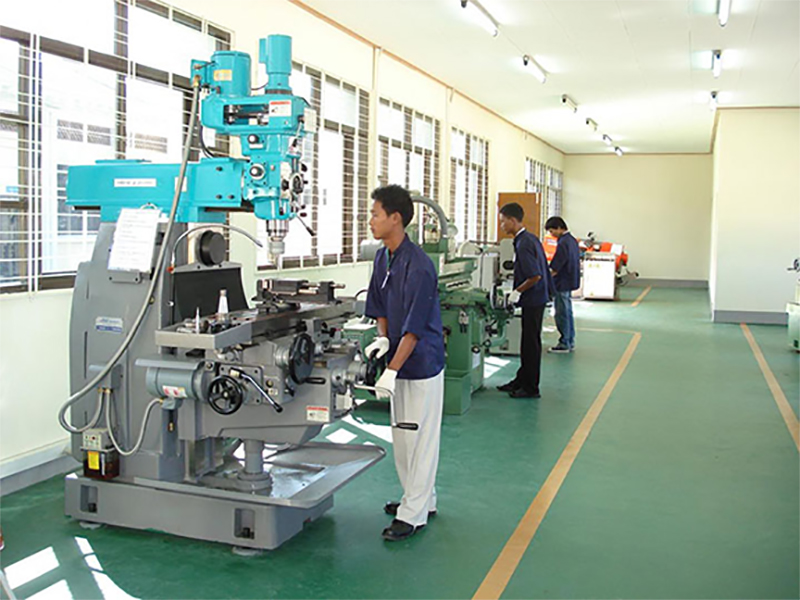With the rapid changes of technology in “Industry” (in the context of the broader meaning of the term) the skills sets needed of the workforce are undergoing change as well. Hence there is a continuing need for up-skilling the workforce to manage and utilize the production facilities for optimal performance. More so if the production facilities relate to high value–added high tech industries such as production of electronic or electromechanical components, chip making, precision instruments making, jewellery making, food and beverage processing, mineral and metal processing, construction, furniture making and so on. This calls for employers to provide continuing “up-skilling” training for the professionals, technicians and skilled operatives. From the experience of developed countries, not only do these employees need continuing training to upgrade their technical skills but also, depending on the nature of their occupations, training in “soft skills” such as communication, teamwork, public relations and so on. Hence continuing skills training of the workforce by the employers is becoming more necessary than ever.
However, according to a recent report (2019) on TVET System review in Myanmar “Unlike most countries in the region, very few firms in Myanmar provide formal training to upgrade the skills of their workers”. Employers in Myanmar are not inclined to provide training to their workers, either within the Enterprise or by outside training providers as many of them hold the view that once trained the worker would look elsewhere for employment paying higher wages. This may happen when the demand for a particular type of skilled worker in the labour market is high. But with more such workers being trained the demand will stabilize, and there will be less “job-hopping”.
It is an accepted fact in all countries that employers should finance the skills development of their employees as they benefit from such training which, when conducted systematically, helps to increase the competency of the workforce and hence it’s efficiency and productivity. In Myanmar, the Employment and Skills Development Law of 2013, calls for Industries and Establishments covered by the law, to undertake training of their workers, and especially skilled workers, in accordance with the policies of the National Skills Standards Authority (NSSA), the organisation formed under the ESD Law. The intent of the law is to promote skills training of workers, whether within the enterprise or by sending the workers to training programs conducted by private training providers.
Embedded in the law is a system of financing skills training of workers practiced in many countries around the world. It involves imposing a “levy” on the employers by which a “Skills Development Fund” would be set up by the agency/body concerned to finance systematic training of workers. The Employer who conducts systematic training of workers may seek reimbursement of the expenses incurred from the Skills Development Fund.
The “levy” has been fixed in the relevant sections of the Employment and Skills Development Law as being not less than 0.5% of the monthly wage bill of the workers under the level of “Supervisors”, payable monthly to the account of the SDF. A provision in the law, however, allows employers who are covered by the law but who can provide sound reasons, to be exempted from paying the “levy”. As for example, if the workers of the employer concerned need to be trained in certain job specific skills which cannot be provided by any external training provider in existence. If an employer is so exempted from paying in to the SDF he cannot avail himself of the privileges granted by the Fund.
Under the ESDLaw coverage of Industries and Establishments liable to pay the “levy” to the SDF is to be announced by Orders issued in progressive stages according to the regions and size of the industrial undertakings and establishments. For example the Industries and Establishments located in the Industrial Zones in the Yangon and Mandalay Regions could be covered first to start with, and the “coverage” be extended step by step to other regions.
By Lokethar


